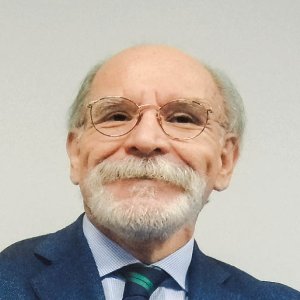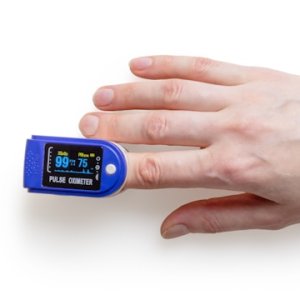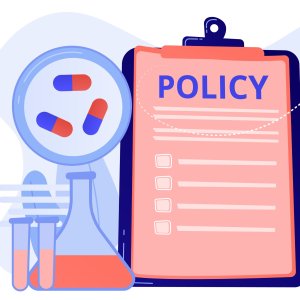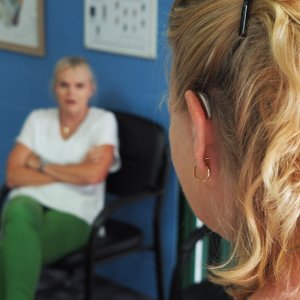Stitching Together Regulations Can Facilitate Market Access

STORY INLINE POST
Q: How do regulations benefit or hinder Atramat’s growth?
A: Regulations in Mexico and the world have increased greatly over the past 15 years and this has sometimes meant performing new tests on time-tested products as well as higher costs. In Mexico, COFEPRIS faces the challenge of having to efficiently manage both NOM 059 for the pharmacovigilance of pharmaceuticals and NOM 241 for the techno-vigilance of medical devices, as well as having to align themselves with the health authorities in the rest of the world. For Atramat, this means complying with the ever more stringent rules for medical devices manufacturers.
One of the main challenges for our export business is ensuring that we have all the necessary health registrations, which is difficult since they vary from country to country. While obtaining international certifications opens doors to new markets, it also represents a very large investment. Next year, we are entering the Medical Device Single Audit Program (MDSAP), which currently involves regulators from five countries: the US, Canada, Brazil, Australia and Japan. Obtaining this certification will be an advantage because we will meet the requirements of five different companies through a single audit.
Q: What strategies helped Atramat to become the fourthlargest suture manufacturer in the world?
A: Absorbable sutures have been in use since the 1950s and have the advantage of eliminating the need for a second surgery that would be necessary to remove nonabsorbable sutures. Until the late 1980s, there were only three different types of sutures, two non-absorbable made of silk and nylon and one absorbable made of catgut. Synthetic absorbable sutures made of poly-glycolic acid (PGA) were launched in the 1970s and poly-lactic-coglycolic acid (PLGA) sutures emerged in the 1980s. We were one of the first companies in the world to produce these products and in Mexico we became practically the sole supplier for the public healthcare sector during the 1990s. At the same time, we also began to export our products to Latin America, later expanding to other regions.
Q: How do sales of Atramat products vary between the public and private sectors?
A: The private sector requires a wide variety of specialized products depending on the type of surgery and the patient. We have concentrated on the public sector, which demands lower prices but larger volumes. The public health sector offers many opportunities. The most important are the IMSS annual consolidated tenders that now encompass many states and other public institutions such as ISSSTE, SEDENA and PEMEX. However, IMSS works on the basis of ceiling prices and although these are updated every year, they do not make up for rising costs due to inflation. Furthermore, these tenders are sometimes open to foreign companies that often offer lower prices and lower quality. These circumstances have led us to reduce the prices at which we sell to the public sector by about 50 percent compared to five years ago.
Q: What new lines is Atramat developing?
A: We recently launched a suture with an antibacterial coating designed for special procedures where there is a greater risk of infection. A clinical study conducted in Mexico showed a significant reduction in infection when this suture was used. The study was performed with gastric bypass patients who had lost between 40kg and 60kg and required reconstructive plastic surgery. We formally launched three antibacterial lines at the beginning of 2018.
In the last five years, we have been exploring new lines in order to increase our product portfolio for the operating room. A few years ago, we launched a range of spinal implants manufactured by a US company and we will eventually expand this line to include other orthopedic products, such as knee and hip implants. We are also expanding into new markets in Europe and for this reason decided to open a subsidiary in Spain at the end of 2016.






















